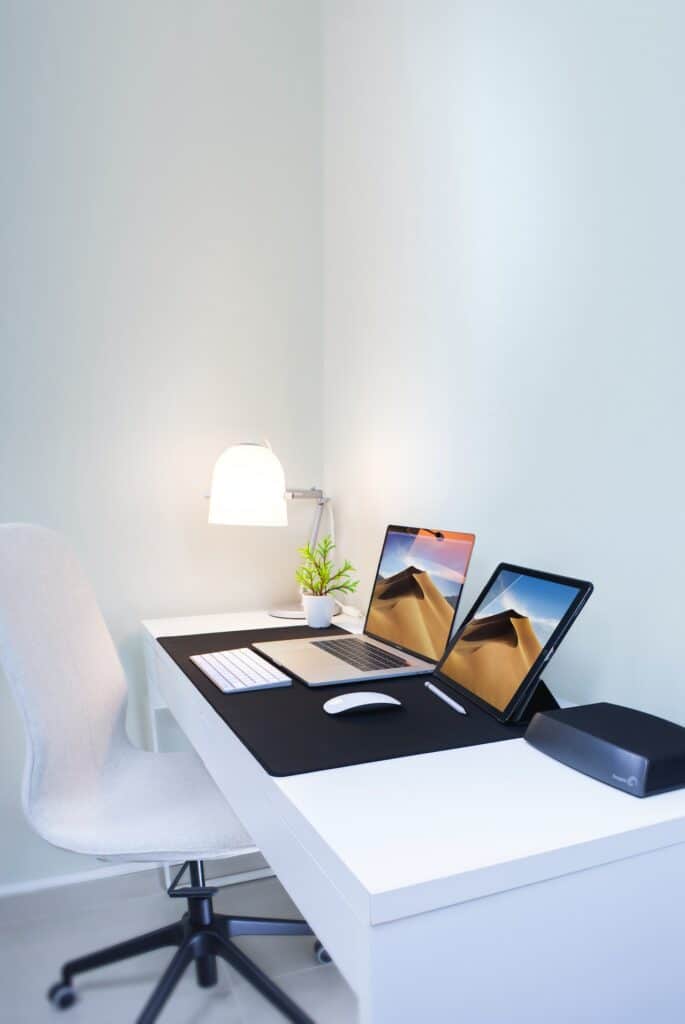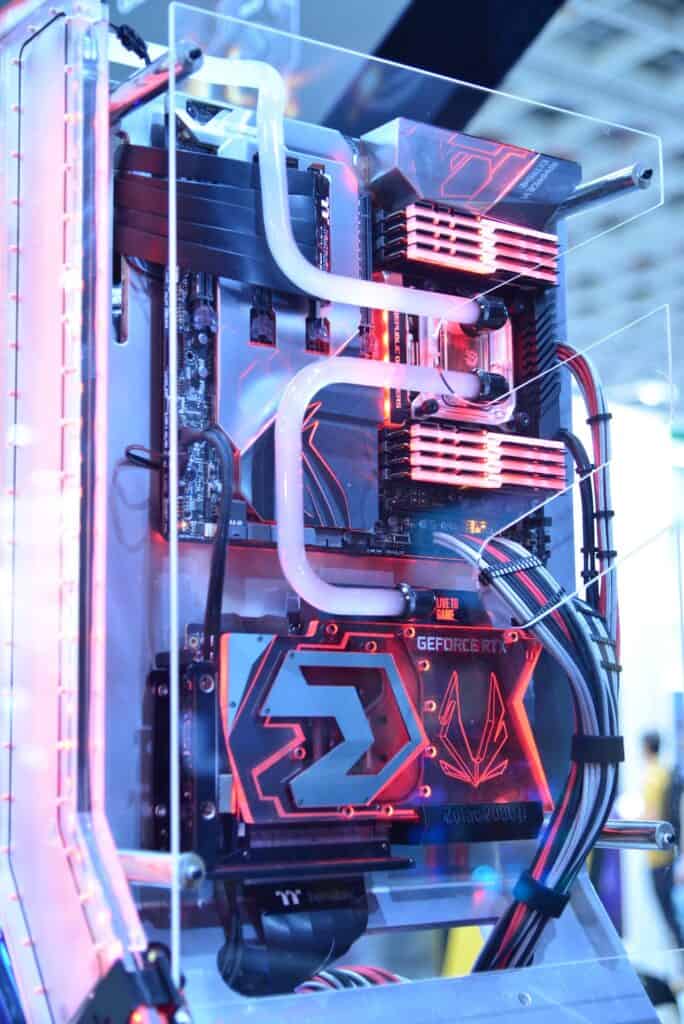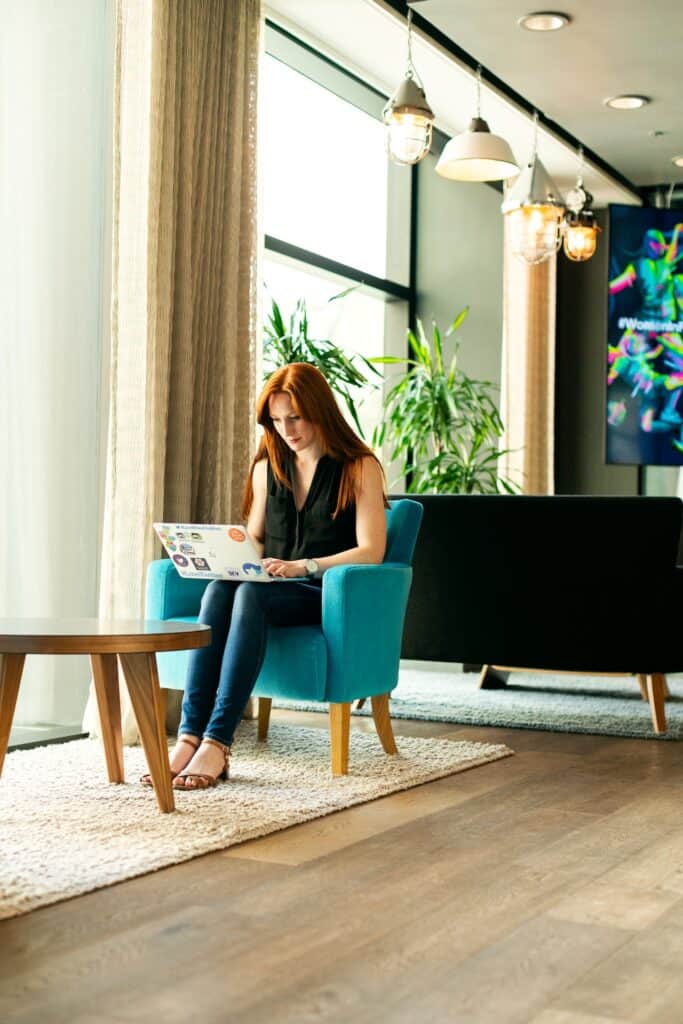
Experience The Thrill of Assembling Your Own High-Performance Machine with Our Awesome Computer Making Kit (2023) – Are you ready to build your own computer? Look no further than a computer making kit.
With this building sets, you’ll have everything you need to assemble your very own customized computer. Whether you’re a beginner or an experienced tech enthusiast, this article will guide you through the process step-by-step, from understanding the components to troubleshooting common issues.
Get ready to dive into the world of DIY computers and unleash your inner tech wizard!
Experience The Thrill of Assembling Your Own High-Performance Machine with Our Awesome Computer Making Kit (2023)
Understanding the Components of a Computer
Understanding the components of a computer is essential for building your own kit. You need to know about the different parts that make up a computer and how they work together.
First, there’s the motherboard, which acts as the central hub connecting all the other components. Then, you have the CPU, or central processing unit, which is like the brain of the computer, handling all the calculations and instructions.
The RAM, or random access memory, is responsible for storing data that the CPU needs to access quickly. The hard drive, on the other hand, stores all your files and programs. Finally, you have the power supply, which provides the necessary electricity to keep your computer running.
Choosing the Right Computer Making Kit for Your Needs
Picking the correct kit for your needs is crucial when building your own computer. With so many options available, it’s important to consider factors such as your budget, desired performance level, and compatibility with existing components.
Start by determining your budget and what you need the computer for. Are you a gamer looking for high-end graphics and processing power, or are you a casual user who simply needs basic functionality? Once you have a clear idea of your requirements, research different kits that align with your needs.
Look for kits that include all the necessary components, such as the motherboard, processor, RAM, and storage. Additionally, make sure the kit is compatible with your preferred operating system.
Setting Up Your Workspace

Arranging your workspace in a comfortable and organized manner can greatly enhance your computer-building experience. Start by finding a spacious and well-lit area to work in. Clear any clutter and make sure you have enough room to spread out your components and tools.
Position your computer case and monitor at a comfortable height, ensuring that you can easily access all the necessary ports and connectors. Keep your tools and cables within reach, so you don’t have to constantly search for them. Use cable management solutions, such as zip ties or cable clips, to keep your wires neat and prevent them from tangling.
Having a clean and organized workspace will not only make the process of building your computer easier but also reduce the chances of any accidents or mishaps occurring.
Step-by-Step Assembly Instructions
Now that you’ve got your workspace set up, let’s dive into the step-by-step assembly instructions for building your own computer.
First, open the computer case by unscrewing the screws on the back panel.
Next, carefully place the motherboard into the case, aligning the screw holes with the standoffs. Secure it with screws.
Connect the power supply to the motherboard and other components, such as the hard drive and graphics card.
Install the processor onto the motherboard, making sure to apply thermal paste.
Attach the RAM sticks into the designated slots, firmly pressing until they click into place.
Insert the storage devices, like the hard drive or SSD, into their respective bays.
Finally, connect all the necessary cables and wires, double-checking everything is properly connected.
Great job! You’ve successfully assembled your own computer.
Troubleshooting Common Issues
To troubleshoot common issues, check if all the cables are securely connected and ensure that the power supply is properly functioning. Sometimes, the cables may become loose during the assembly process, leading to connectivity problems.
Double-check that each cable is firmly plugged in its corresponding slot. Additionally, make sure the power supply is providing enough power to the components. Inspect the power cables and ensure they are firmly connected to the power source and the motherboard.
If the computer fails to turn on or experiences random shutdowns, it could be due to a faulty power supply. Consider testing it with a different power supply to rule out any issues.
Installing the Operating System
Make sure you have a USB drive with the operating system installation files ready to install on your newly assembled PC. This step is crucial for getting your computer up and running smoothly.
Insert the USB drive into one of the available USB ports on your PC.
Next, power on your computer and press the appropriate key to access the boot menu. This key varies depending on your motherboard manufacturer, so consult the documentation that came with your kit.
Once in the boot menu, select the USB drive as the boot device and press Enter.
The computer will then start the installation process. Follow the on-screen instructions to choose your language, agree to the terms, and select the installation location.
After the installation is complete, your operating system will be ready to use.
Customizing Your Computer with Accessories
Once you’ve installed the operating system, it’s time to customize your PC with accessories like a keyboard, mouse, and monitor. These accessories are essential for a smooth and efficient computing experience.
When choosing a keyboard, consider factors such as comfort, layout, and special features like backlit keys.
A good mouse can greatly enhance your productivity, so opt for one with adjustable sensitivity and programmable buttons.
As for the monitor, select a size that suits your needs and a resolution that provides clear and crisp visuals.
Additionally, you may want to invest in a comfortable chair for long hours of computer use and a reliable headset for clear audio during virtual meetings or gaming sessions.
Personalizing your computer with these accessories will make your computing experience enjoyable and tailored to your needs.
Tips for Maintaining and Upgrading Your DIY Computer
Now that you’ve customized your computer with all the necessary accessories, it’s time to learn how to maintain and upgrade your DIY creation.
Taking care of your computer is essential to ensure its longevity and optimal performance. Regularly cleaning the components with compressed air can prevent dust buildup, which can lead to overheating.
Additionally, updating your operating system and drivers is crucial for compatibility and security. Keep an eye out for hardware upgrades, such as adding more RAM or upgrading your graphics card, to enhance your computer’s capabilities.
Remember to handle components with care and follow proper installation procedures. With these tips, you’ll be able to keep your DIY computer running smoothly and enjoy the benefits of your hard work.
Exploring Further DIY Computer Projects
After completing your DIY computer, you can explore further projects to expand your knowledge and skills.
Once you have mastered the basics of building a computer, there are countless opportunities to take your skills to the next level.
One project you can try is upgrading your computer’s storage capacity by adding additional hard drives or solid-state drives. This will not only give you more space to store your files but also improve the overall performance of your system.
Another project you can consider is overclocking your computer’s CPU to achieve higher processing speeds. However, be cautious and make sure to follow proper guidelines to avoid damaging your components.
Additionally, you can explore building a custom water cooling system to keep your computer cool and quiet during demanding tasks.
The possibilities are endless, so don’t be afraid to experiment and push your limits.
Joining DIY Computer Communities and Forums
To connect with like-minded individuals and expand your knowledge, you can join DIY computer communities and forums. These online platforms are great resources for enthusiasts who want to learn more about building their own computers.
By joining these communities, you gain access to a wealth of information, tips, and tricks shared by experienced builders. You can ask questions, seek advice, and receive support from people who have faced similar challenges.
Additionally, these communities often organize meetups and events where you can network with fellow builders and exchange ideas. Forums provide a space for discussions, troubleshooting, and showcasing your own creations.
Being part of these communities not only helps you enhance your computer building skills but also allows you to be a part of a passionate and supportive community.
If you want a computer making kit, then check out the article about Piper computer building kit.
Computer Making Kit

In conclusion, building your own computer with a DIY computer making kit can be a rewarding and educational experience. By understanding the components and following step-by-step instructions, you can create a customized computer that suits your needs.
Troubleshooting common issues and exploring further DIY computer projects can further enhance your skills and knowledge. Additionally, joining DIY computer communities and forums can provide valuable support and inspiration.
With proper maintenance and upgrades, your DIY computer can continue to serve you well for years to come. So, get started on your computer making journey and enjoy the satisfaction of creating something unique and functional.







